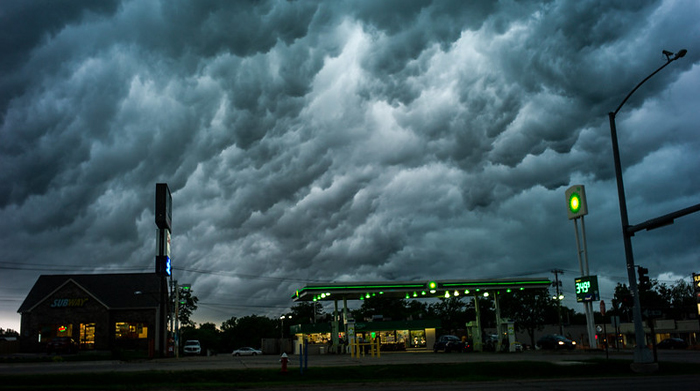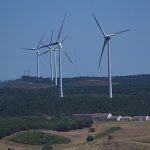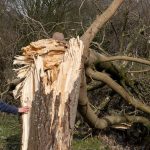How Utilities Can Up Their Storm Intelligence Game

Image courtesy of Adam Singer under Attribution-NoDerivs 2.0 Generic (CC BY-ND 2.0) License, resized to 700 x 391 pixels.
As I’m sure you already know, the idea of enhanced storm intelligence is invaluable for utilities when it comes to the efficiency and effectiveness of emergency preparedness, restoration, and recovery efforts. But the burning question is, how? Well, I stumbled onto an excellent article from my friends at Energy Central that provides a nice refresher on this topic to help answer this question.
Leverageable Sources for Utility Storm Intelligence
According to the Energy Central article, there are 3 main sources of information that can enable storm intelligence: physical inspections, grid sensors, and data modeling/analytics.
Obviously, a storm-related physical inspection process is essentially damage assessment. Although physical inspections are the most accurate method for assessing damage, it’s a slow process by nature because damage assessors must drive from location to location, which after a storm can be akin to navigating an obstacle course. To speed up this process, there is a growing usage of drones, autonomous vehicles, and satellite imagery.
Grid sensors, combined with software tools, can generate rich datasets about the operational status of the grid. When the lights go out, self-powered sensors and related systems can help pinpoint the customers that are out of power by locating the compromised components of the grid. Although sensors are not (yet) very good at identifying what has been physically damaged, they can at least help narrow down the geographical area of focus.
Finally, data modeling/analytics, as you might expect, encompasses a variety of tools that are used to analyze data and reveal actionable insights. This insight typically includes a combination of forecasting and observation, and helps identify the location and magnitude of damage, which helps improve the efficiency of crew deployments among other things.
Ideally, utilities should employ all 3 sources of storm intelligence. Each one has strengths and limitations, so using all 3 in combination with one another is the only true way of getting a holistic view.



